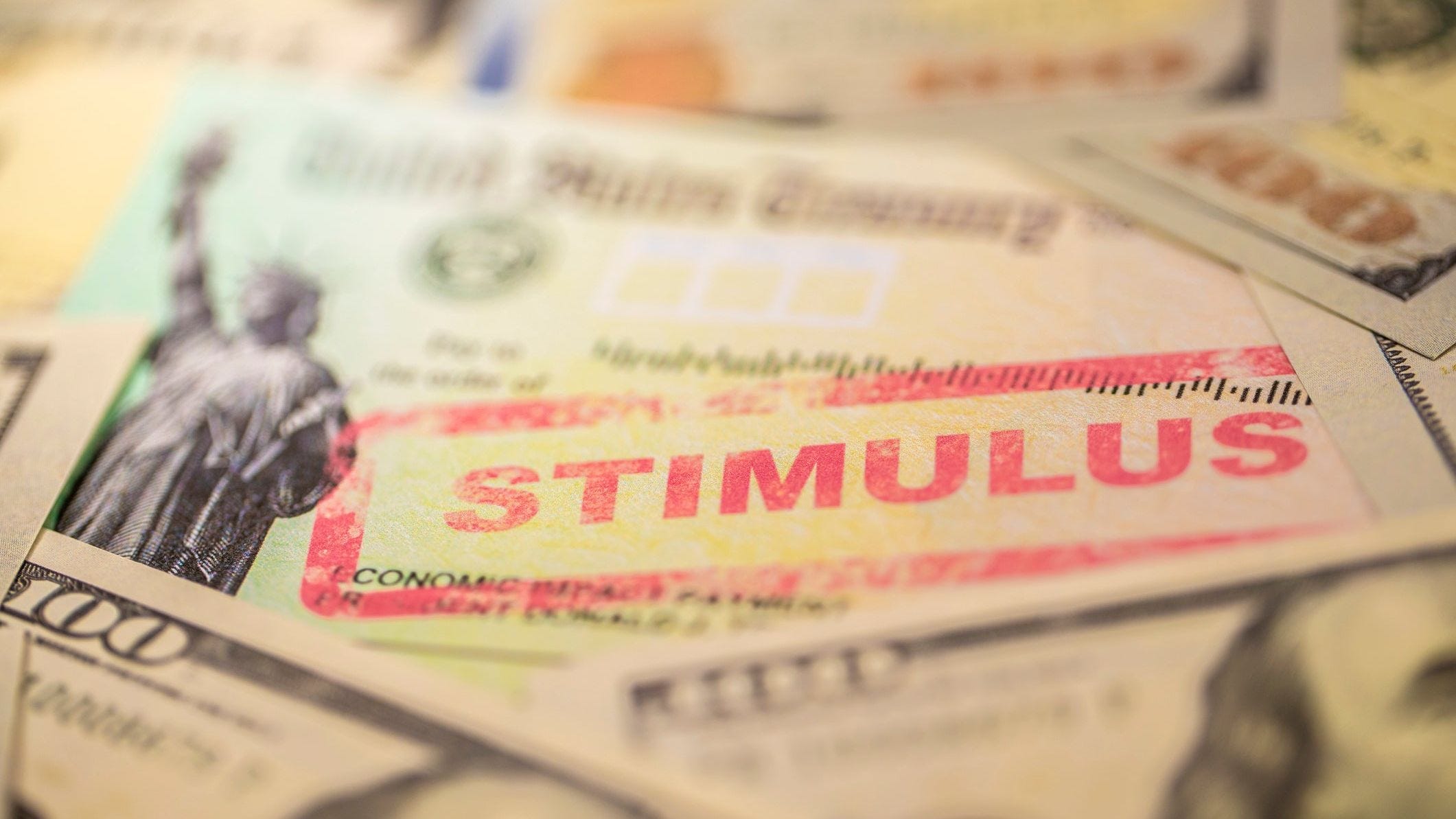Tax & Funding Provisions in the Proposed Stimulus Package
Tax & Funding Provisions in the Proposed Stimulus Package
By: Stacey Nickens
The House is expected to pass a $1.9 trillion coronavirus relief package today, after which the legislation will head to the Senate for approval. Beyond providing additional stimulus, the package includes an increase in the child tax credit, additional funding for small business loans, and other economic relief provisions. The legislation may undergo changes in the Senate; however, I will review the provisions as they stand now.
The bill allocates up to $1,400 per person for the third round of stimulus checks. Individuals earning less than $75,000 will qualify for the full $1,400 stimulus check. Individuals earning between $75,000 and $100,000 will receive partial stimulus payments, and individuals earning more than $100,000 will not qualify for any stimulus.
Couples are eligible for $2,400 in stimulus payments as well as an additional $1,400 for each dependent in their care. Unlike previous rounds of stimulus, adult dependents can qualify for stimulus, not just children under the age of 17.
Couples earning less than $150,000 will qualify for the full stimulus amount. Couples earning up to $200,000 per year can qualify for partial stimulus checks, and those earning more than $200,000 annually will not receive any stimulus.
As was the case with previous rounds of stimulus, the IRS will treat these checks as advanced payment of a refundable tax credit. Taxpayers will note this credit on their 2021 Form 1040.
The bill also extends federal unemployment benefits through the fall. Unemployed taxpayers could receive federal benefits of $400 per week through August 29. Additionally, freelancers and independent contractors receiving benefits through the Pandemic Unemployment Assistance program could remain in the program for up to 74 weeks. Those receiving state benefits could have their benefits extended an additional 48 weeks through the Pandemic Emergency Unemployment Compensation program.
Some families could qualify for a larger child tax credit in 2021. The tax credit would increase to $3,600 for each child under 6 and $3,000 for each child under 18. This credit would be treated as refundable, and recipients could also opt to receive portions of the credit monthly, instead of receiving a single lump sum.
These higher credits would phaseout at the same income thresholds as the relief checks. Some families ineligible for the higher credit can still qualify for the original $2,000 child tax credit. The $2,000 child tax credit is available to joint filers earning up to $400,000 annually and to individual filers earning up to $200,000 annually.
The bill also increases other tax credits, such as the earned income tax credit for workers with no children. Working parents could qualify for an increased child and dependent care credit. The credit would rise to $4,000 for one child and $8,000 for two or more children. The full credit would be available to joint filers with incomes up to $125,000 per year. Joint filers with incomes between $125,000 and $500,000 would receive partial credits.
The bill incentivizes employers to continue to provide paid sick and family leave. While the bill does not require employers to provide leave to employees impacted by COVID-19, employers who do provide leave through October 1 would be eligible for a payroll credit. Additionally, the employee retention tax credit for companies impacted by the coronavirus would be extended through December 31, 2021.
The Small Business Administration would receive an additional $15 billion in order to provide impacted business with long-term, low-interest loans. The bill also allocates $25 billion for a grant program specifically designed to assist bars and restaurants.
Finally, the Paycheck Protection Program would receive an additional $7 billion in funding.







